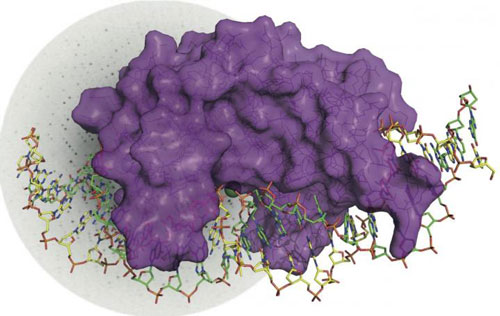 Scientists have developed a method for producing biological crystals that has allowed scientists to observe - for the first time - DNA double chain breaks. They have also developed a computer simulation that makes this process, which lasts in the order of millionths of a second, visible to the human eye.
Scientists have developed a method for producing biological crystals that has allowed scientists to observe - for the first time - DNA double chain breaks. They have also developed a computer simulation that makes this process, which lasts in the order of millionths of a second, visible to the human eye.
Dec 8th, 2014
Read more
 By analyzing the genetic makeup of individual stem cells, researchers have identified new ways to regulate and control the growth of various cell and tissue types.
By analyzing the genetic makeup of individual stem cells, researchers have identified new ways to regulate and control the growth of various cell and tissue types.
Dec 4th, 2014
Read more
This new research tool offers a more profound view of the immune responses that are involved in a range of diseases, such as HIV infection. At the level of gene transcription, this had been difficult, complex and costly to do with current technologies, such as microscopy.
Dec 4th, 2014
Read more
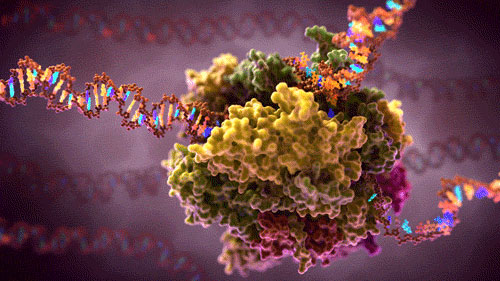 A new, innovative 'dashboard' from the National Institute of Standards and Technology won't help you drive your car, but it will help enable reproducible research in biology.
A new, innovative 'dashboard' from the National Institute of Standards and Technology won't help you drive your car, but it will help enable reproducible research in biology.
Dec 3rd, 2014
Read more
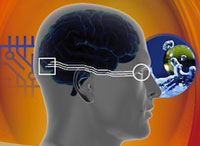 The Monash Vision Group moves a step closer to clinical trials of its Bionic Eye, thanks to landmark donations from two respected business leaders.
The Monash Vision Group moves a step closer to clinical trials of its Bionic Eye, thanks to landmark donations from two respected business leaders.
Dec 2nd, 2014
Read more
 Researchers created a synthetic surface on which the adhesion of E. coli bacteria can be controlled. The layer, which is only approximately four nanometres thick, imitates the saccharide coating (glycocalyx) of cells onto which the bacteria adhere such as during an infection.
Researchers created a synthetic surface on which the adhesion of E. coli bacteria can be controlled. The layer, which is only approximately four nanometres thick, imitates the saccharide coating (glycocalyx) of cells onto which the bacteria adhere such as during an infection.
Dec 2nd, 2014
Read more
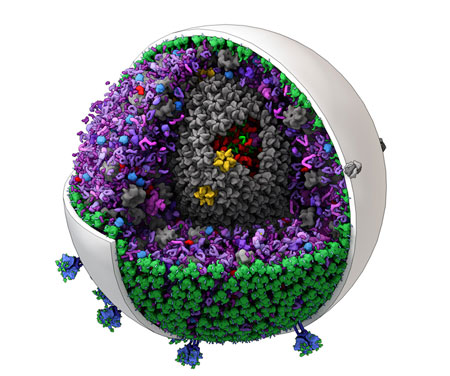 Researchers can now explore viruses, bacteria and components of the human body in more detail than ever before with software developed at The Scripps Research Institute (TSRI).
Researchers can now explore viruses, bacteria and components of the human body in more detail than ever before with software developed at The Scripps Research Institute (TSRI).
Dec 2nd, 2014
Read more
Scientists have created the world's first enzymes made from artificial genetic material. Their synthetic enzymes, which are made from molecules that do not occur anywhere in nature, are capable of triggering chemical reactions in the lab.
Dec 1st, 2014
Read more
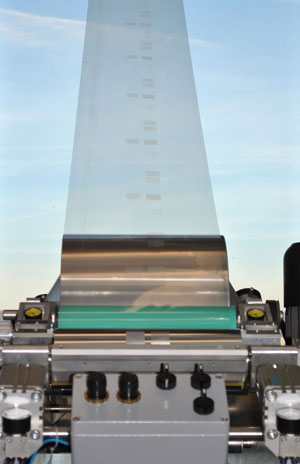 Protein-coated Petri dishes are increasingly being used to support cell growth during cell cultivation. Scientists have developed a system for printing protein patterns onto film using a roll-to-roll process, which allows high volumes to be manufactured efficiently and cost-effectively.
Protein-coated Petri dishes are increasingly being used to support cell growth during cell cultivation. Scientists have developed a system for printing protein patterns onto film using a roll-to-roll process, which allows high volumes to be manufactured efficiently and cost-effectively.
Dec 1st, 2014
Read more
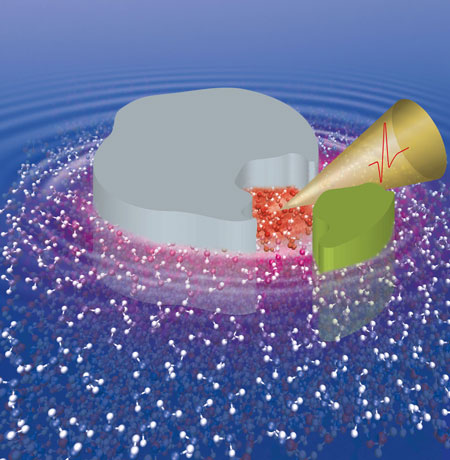 The main focus of enzymology lies on enzymes themselves, whereas the role of water motions in mediating the biological reaction is often left aside owing to the complex molecular behavior. Researchers have revised the classical enzymatic steady state theory by including long-lasting protein-water coupled motions into models of functional catalysis.
The main focus of enzymology lies on enzymes themselves, whereas the role of water motions in mediating the biological reaction is often left aside owing to the complex molecular behavior. Researchers have revised the classical enzymatic steady state theory by including long-lasting protein-water coupled motions into models of functional catalysis.
Nov 26th, 2014
Read more
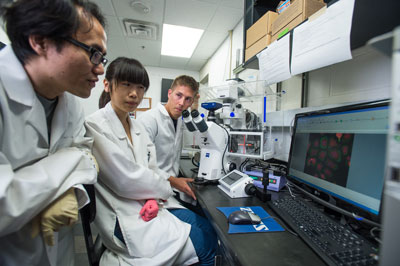 The new transport system for DNA vaccines could help treat HIV, malaria, HPV and other major illnesses.
The new transport system for DNA vaccines could help treat HIV, malaria, HPV and other major illnesses.
Nov 25th, 2014
Read more
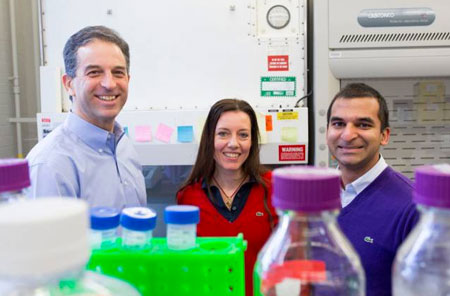 Innovation from MIT could allow many biological components to be connected to produce predictable effects.
Innovation from MIT could allow many biological components to be connected to produce predictable effects.
Nov 24th, 2014
Read more
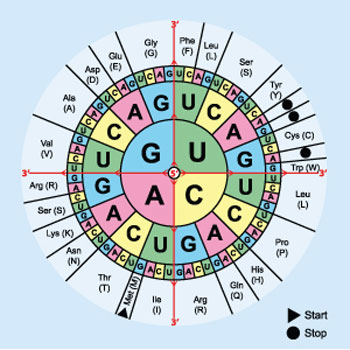 Web tool offers COOL approach to codon optimization for synthetic biology.
Web tool offers COOL approach to codon optimization for synthetic biology.
Nov 19th, 2014
Read more
Scientists report a new method for establishing whether chemical compounds are safe for human use without in-vivo testing, based on so-called 'molecular initiating events' at the boundary between chemistry and biology.
Nov 18th, 2014
Read more
As genome sequencing has gotten faster and cheaper, the pace of whole-genome sequencing has accelerated, dramatically increasing the number of genomes deposited in public archives. Although these genomes are a valuable resource, problems can arise when researchers misapply computational methods to assemble them, or accidentally introduce unnoticed contaminations during sequencing.
Nov 18th, 2014
Read more
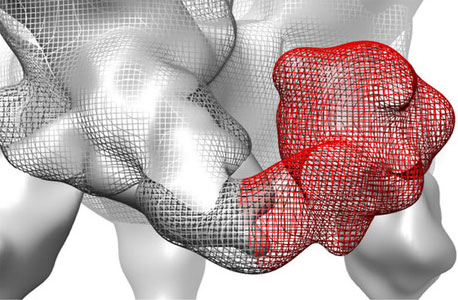 UC Davis researchers are getting a new look at the workings of HIV and other viruses thanks to new techniques in electron microscopy developed on campus.
UC Davis researchers are getting a new look at the workings of HIV and other viruses thanks to new techniques in electron microscopy developed on campus.
Nov 17th, 2014
Read more
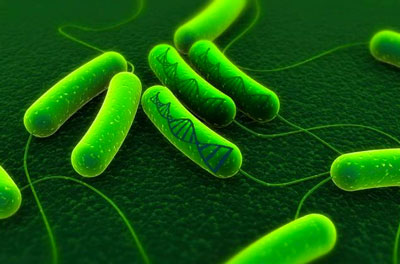 Engineered E. coli can store long-term memories of chemical exposure, other events in their DNA.
Engineered E. coli can store long-term memories of chemical exposure, other events in their DNA.
Nov 17th, 2014
Read more
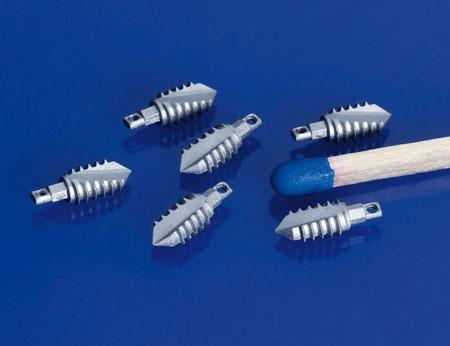 Until now, in cases of bone fracture, doctors have used implants made of steel and titanium, which have to be removed after healing. To spare patients burdensome interventions, researchers are working on a bone substitute that completely degrades in the body. Towards this end, material combinations of metal and ceramic are being used.
Until now, in cases of bone fracture, doctors have used implants made of steel and titanium, which have to be removed after healing. To spare patients burdensome interventions, researchers are working on a bone substitute that completely degrades in the body. Towards this end, material combinations of metal and ceramic are being used.
Nov 12th, 2014
Read more
 Scientists have developed a method for producing biological crystals that has allowed scientists to observe - for the first time - DNA double chain breaks. They have also developed a computer simulation that makes this process, which lasts in the order of millionths of a second, visible to the human eye.
Scientists have developed a method for producing biological crystals that has allowed scientists to observe - for the first time - DNA double chain breaks. They have also developed a computer simulation that makes this process, which lasts in the order of millionths of a second, visible to the human eye.
 Subscribe to our Biotechnology News feed
Subscribe to our Biotechnology News feed











